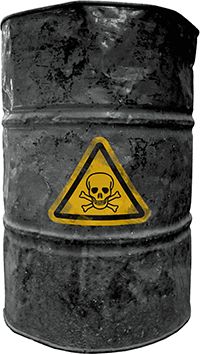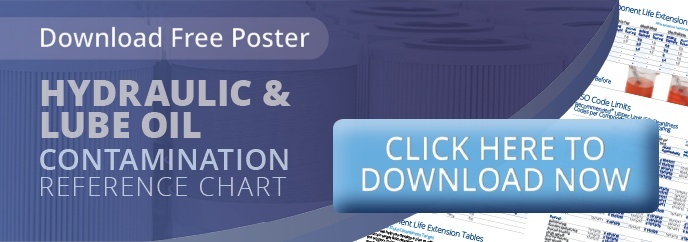 If you deal with phosphate ester (PE) based hydraulic and lubricating fluids, then you likely understand how important it is it to keep it under control. Millions of dollars and thousands of downtime hours are wasted each year by power plants, military and industrial users who need solutions to properly maintain PE fluids. If they're not managed, major damage can take place to your equipment and to your fluids. Let's take a look at what really happens when phosphate ester is out of control.
If you deal with phosphate ester (PE) based hydraulic and lubricating fluids, then you likely understand how important it is it to keep it under control. Millions of dollars and thousands of downtime hours are wasted each year by power plants, military and industrial users who need solutions to properly maintain PE fluids. If they're not managed, major damage can take place to your equipment and to your fluids. Let's take a look at what really happens when phosphate ester is out of control.
Unmanaged Phosphate Ester: Phosphoric Acid, Gelling and Deposit Formation
Phosphate ester is hygroscopic, which means that it draws moisture out of the air. When that happens, it starts to build up water, which chemically reacts with the phosphate ester. This forms phosphoric acid. It's an aggressive acid that affects the seals internally and can eventually lead to electrokinetic wear (and failure) in a valve if left untreated.
Unmanaged PE can also cause gelling and deposit formation (especially if you're by the ocean or farm country, where the environment has dissolved metals in the air), high acid numbers, high moisture content and dark fluid with a foul order (thermal degradation). These consequences can necessitate bleed and feed, premature fluid replacement and expensive system flushing.
Making Phosphate Ester More Reliable
But PE doesn't have to be destructive. We believe it is time to rethink phosphate ester fluid maintenance and demonstrate that PE fluids are not a consumable fluid to be periodically replaced. PE can be very reliable and provide years of trouble-free operation if properly maintained. We offer solutions that remove the contaminants that plague PE and restore fluid systems to peak performance.
Curious to learn more? Contact us if you want to help control the phosphate ester in your plant.








